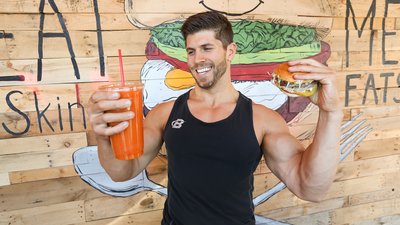Have you been dieting long enough this time to start dreaming of cakes, cookies, and pasta, or maybe a side order of fries to go with that juicy steak? If you've ever tried to get shredded, you know what food cravings are all about. Refeeds are all about quieting those cravings, but not exactly in the way you might be expecting.
Are Food Cravings Normal?
Usually, the more aggressive your diet and the lower your body fat, the more these food fantasies seem to pop up. Look at it this way: Your body's main responsibility is survival, so when it's not receiving the nutrients it needs, it will do everything in its power to fix that. By conjuring images of the tastiest kinds of foods, your brain is desperately trying to compel you to eat.
Meanwhile, your body is reacting to your dieting by "upregulating" or increasing the amount of leptin in your system. Leptin is a hormone produced by fat cells to help your body monitor both new and stored calories. When you're not consuming enough calories, leptin signals your body to consume more.[1] This signaling helps increase your appetite and boost your metabolic rate.
Eat Your Way To A Slimmer You. What?!
The best way to stop the craving? Eat up! That's right. Indulging in some of the foods you crave tells your body to release less leptin. And that's the purpose of refeed days: to boost those leptin levels so you no longer feel hungry. You onboard a whole lot of calories, causing your leptin levels to drop precipitously, which suppresses your appetite and reduces those images of sugar plums dancing in your head. It's just the thing you need to get your body back on track for success.
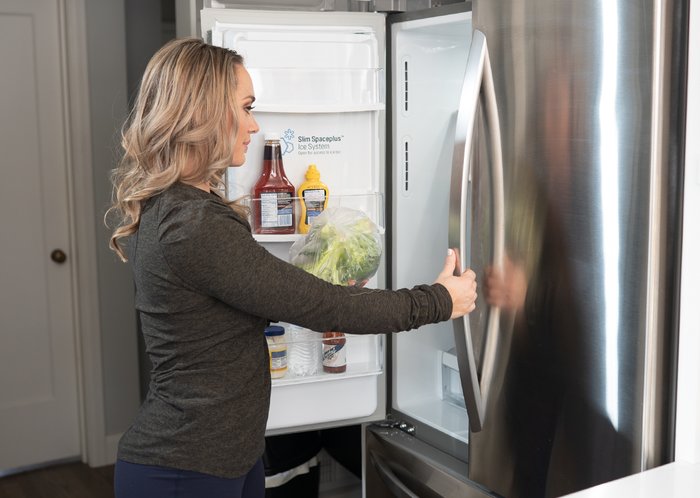
A Cheat Day Or A Refeed Day?
To realize maximum results, however, you'll want to do a refeed rather than a cheat day. Some people may think these are the same thing, but they're not:
Cheat day: This is a day of relaxed eating designed to help you deal with the psychological feelings of deprivation that can arise when dieting. You typically don't count your calories on cheat days, and you eat pretty much any kind of food you want.
Refeed day: This day is for deliberately overeating a specific macronutrient: carbohydrates. The immediate effect is to reduce the leptin that's sending signals telling your body to consume more calories in the days ahead. Eating a lot of carbs literally "refeeds" your body with energy and muscle glycogen it can dip into as you resume your diet.
While both cheat days and refeed days can help you deal with your cravings, the refeed day addresses physiological issues, rather than psychological ones. To keep your body functioning well as you diet, on refeed day you should:
- Maintain your normal protein intake
- Double or even triple your normal carb intake (minimum: 200 grams)
- Reduce your normal fat intake, unless you are already using a low-fat approach, in which case, maintain your level of fat intake
Why Less Fat During A Refeed?
Your body will draw energy from the extra carbs you're consuming. If you keep eating a lot of fatty foods, your body will convert those calories directly into body fat. This is the last thing you want to happen when you're on a diet. Research shows that the body does a better job burning calories when you increase carbs instead of fats. The average person stores 75-85 percent of the calories from excess carbs, while it stores almost 100 percent of excess calories it gets from fat.[2]
In a nutshell, your mission (should you choose to accept it) is to go high carb, low fat. Here are some great ways to fulfill that mission.
Sushi
Sushi is a terrific refeed choice, although you need to be careful about the type you choose. Avoid sushi made with fatty ingredients such as salmon, avocado, or with deep fried meats, fish, or vegetables. Nigiri is sushi that includes a slice of raw or cooked fish layered on top of carb-rich rice. Nigiri with shrimp or white fish will give you the high carb/low fat meal you're after, as will cucumber rolls, California rolls, and tuna rolls.
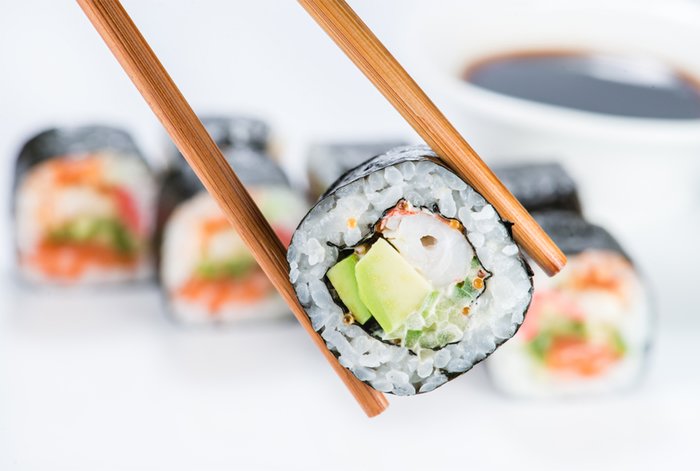
If you like to dip your sushi in soy sauce, you'll be receiving an extra hit of sodium. Since sodium makes your body retain more water, don't be alarmed if your weight increases by a few extra pounds the day after you eat sushi. It's likely just water weight, which the body can shed much faster than weight from body fat.
Pasta
A hearty bowl of pasta is the next item on the menu. Whether you choose white, whole wheat, or spinach pasta, this dietary staple can be an excellent refeed choice.
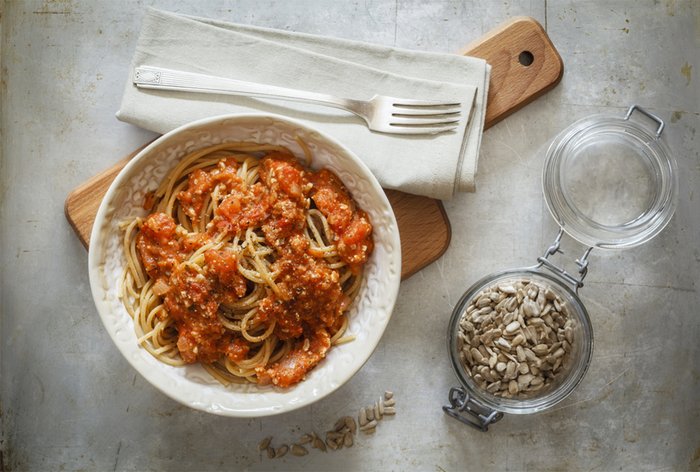
The main thing to watch out for is your choice of sauce. Stick to tomato-based sauces instead of cream or pesto sauces, which usually pack in too many calories from fat to be considered refeed-friendly. You do want to consume some protein in with this meal, so add a side of grilled chicken breast or shrimp pan fried in a little olive oil.
Cereal
Cereal is one of the most popular refeed foods. The astounding news for cereal fans is that you can go well beyond bran flakes or granola and let your childhood imagination run wild. If you reminisce about those cereals full of marshmallows, cocoa, brownie chunks, and cookie dough, today's the day to indulge your inner toddler and dig in!
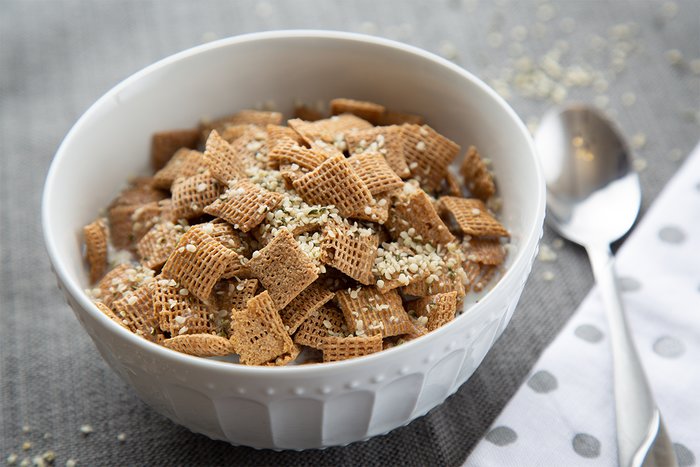
Sugary kid cereals can be beneficial on refeed days, as the simple sugars and carbs are what you're after, nutritionally speaking. Add milk, which provides protein along with more sugars in the form of lactose, and you have a good high-carb, low-fat option.
Bagels (With The Right Toppings!)
If you don't have much appetite or don't like eating bulky foods, bagels can be a terrific choice. Don't pile on the full-fat cream cheese or peanut butter, though. Instead, top the bagels with fat-free cream cheese, jelly, or protein-filled low-fat deli meat.

Bagels are more calorie dense than bread and are a smart choice if you crave that chewy, doughy texture. They're also a much better choice than donuts or muffins which have higher fat content. Bagels contain just a gram or two of fat, depending on the variety.
Fat-Free Ice Cream/Frozen Yogurt
If you struggle to control your sweet tooth, there are plenty of great options in the frozen-foods section, including low-fat or fat-free ice cream, sherbet, or frozen yogurt.

Be sure to pair your frozen dessert with some kind of protein, eaten either right before or afterward. Sushi and ice cream might not sound too appetizing, so maybe go for a protein shake.
Your number of refeed days will vary based on how aggressively you diet, how lean you currently are, and whether your diet is filling your mind with fancy dessert images. Most people will benefit by scheduling their refeed days anywhere from 1-4 weeks apart.
References
- Jenkins, A. B., Markovic, T. P., Fleury, A., & Campbell, L. V. (1997). Carbohydrate intake and short-term regulation of leptin in humans. Diabetologia, 40(3), 348-351.
- Horton, T. J., Drougas, H., Brachey, A., Reed, G. W., Peters, J. C., & Hill, J. O. (1995). Fat and carbohydrate overfeeding in humans: different effects on energy storage. The American Journal of Clinical Nutrition, 62(1), 19-29.



